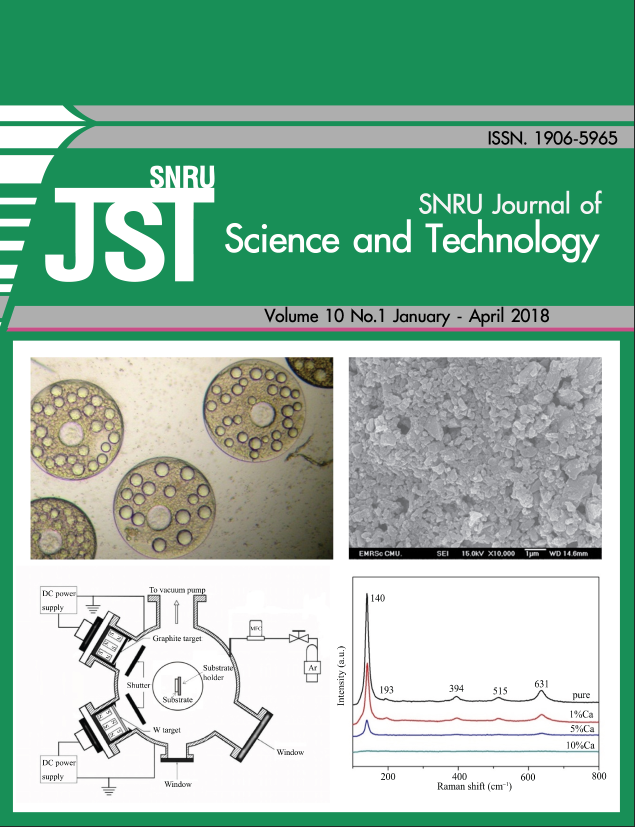ZnO nanoparticles affect differently the morphological and physiological responses of Riceberry plants (Oryza sativa L.)
Keywords:
Growth rate, Photosynthetic pigments, Riceberry, ZnO nanoparticlesAbstract
Excessive concentrations of nanoparticles cause toxicities and harmful effects on plants and soil microorganisms. Plant species are able to tolerate to different concentrations and types of nanoparticles. The appropriation concentrations of nanoparticles could play a significant role in plant growth promotion. Therefore, this study focused on the effect of zinc dioxide (ZnO) nanoparticles on the growth rate (fresh weight, dry weight and plant height) and the contents of photosynthetic pigments (chlorophyll A, chlorophyll B and carotenoids concentrations) in Riceberry cultivar. Rice plants were treated with different concentrations of ZnO nanoparticles (0, 200, 400 and 800 mg L–1) every 7 days- interval. Rice plants were collected at 7 and 8 weeks after planting for the evaluation of plant growth parameters and photosynthetic pigment contents. The results showed that the different concentrations of ZnO nanoparticles were affected on photosynthetic pigment contents and the growth rate of Riceberry plants. The addition of ZnO nanoparticles at 200 mg L–1 trended to increase the morphological and physiological characterizations when compared with other treatments. The application of ZnO nanoparticles may be applied to other rice cultivars in increasing or decreasing of seed yields, including the other plant species in the future.








